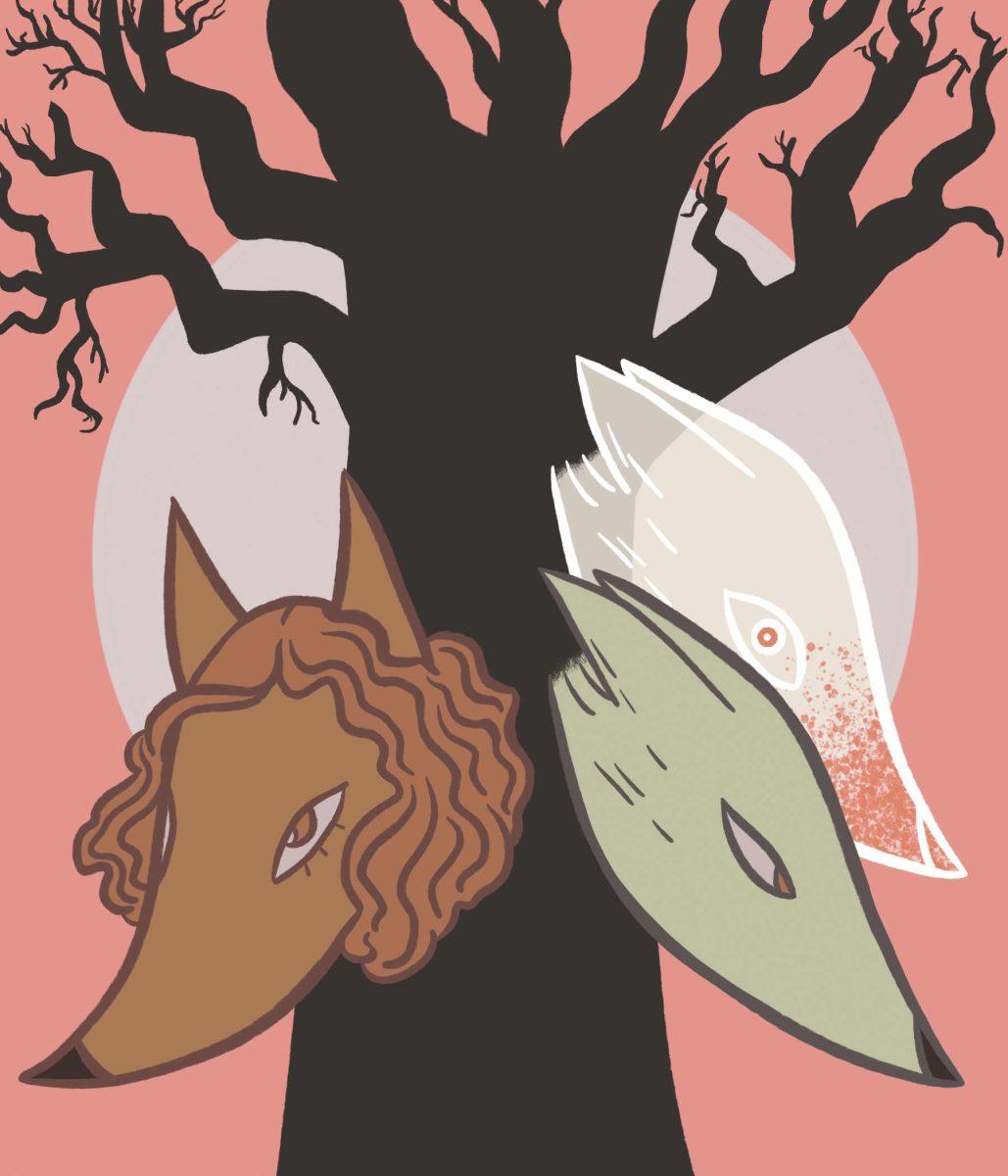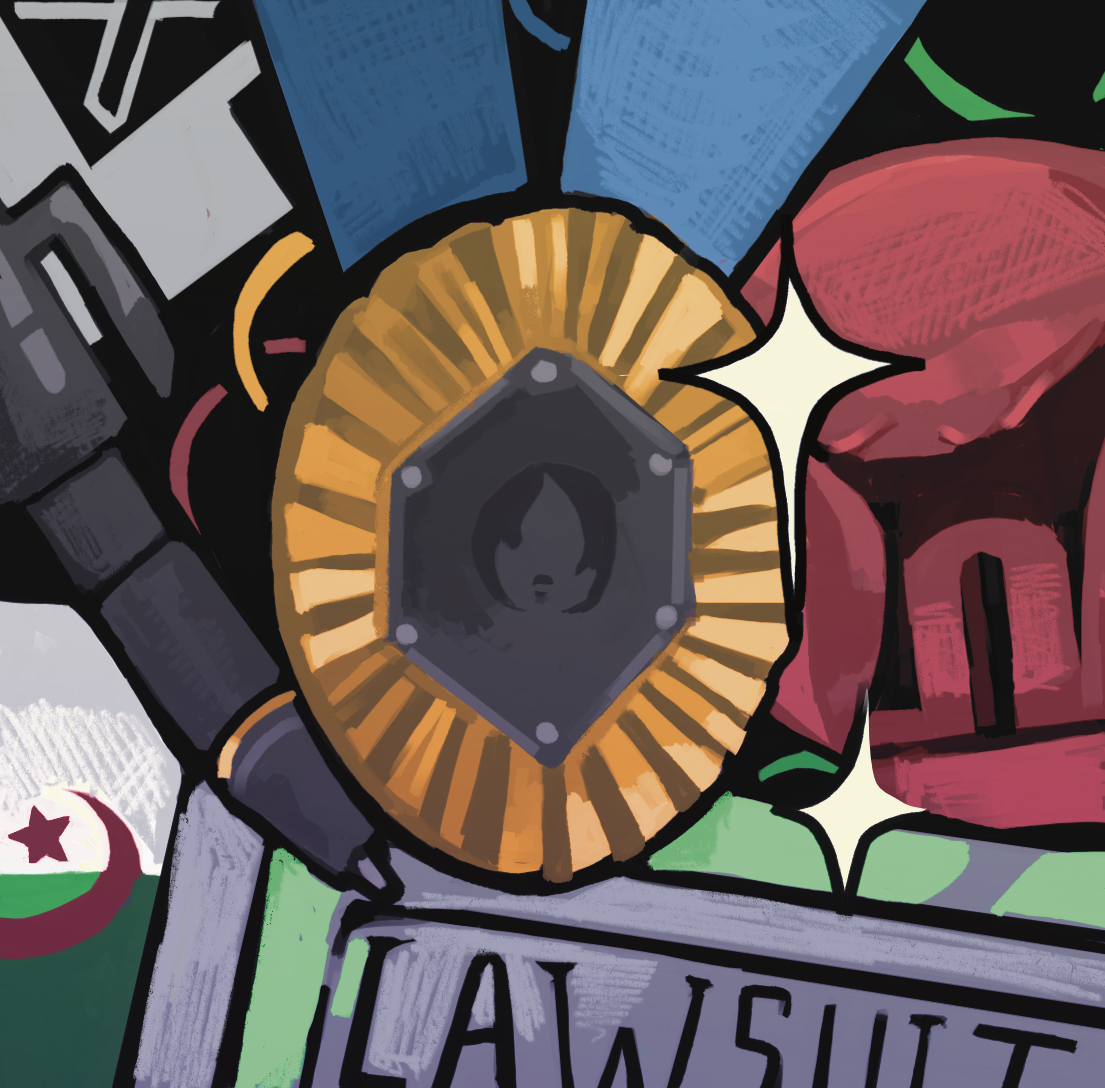Filled with beautifully-illustrated and poetically-written horrors, this story is short – but not sweet. And being short doesn’t mean it’s any less complex: the craftsmanship Carol demonstrates in just 32 pages is genius and beautifully haunting. To summarize, “Beneath the Dead Oak Tree” uses gorgeous visuals, aristocratic animals and lulling dialogue to present a cautionary tale about the toll vengeance takes on those who seek it.
For starters, the text of this comic is unlike any other. It is succinct, revealing and rhythmic in a manner reminiscent of lyrics or poetic meter. Presented in particularly small text boxes, the text itself also complements the illustrations on the pages without interrupting the visual. This modulization then allows for the text to be in a variety of places and imparts unto the readers the fast-paced thoughts and feelings of anxiety, guilt and insecurity given off by an unsettled narrator.
“Beneath the Dead Oak Tree” feels reminiscent of other cautionary tales about those who use sweet, charming words to hide sour, cunning intentions. But what makes Carroll’s tale stand out is the way she writes about the main character – whose perspective we follow – slowly devolving into the type of person we are warned to be cautious about as she attempts to impose justice due to the guilt and trauma that has built up over time.
The comic’s illustrations are also quite visually clever. By using animals instead of humans, the author is able to invoke analogies of characters that automatically look deceptively cute whilst being cold-heartedly brutal. The serene look of the foxes lulls the reader into a false sense of security, and upon seeing the first scene of carnage we are just as taken aback as the narrator. After this scene is over and it goes back to being ‘cute,’ one can never feel relaxed again.
Additionally, the author uses a bright and pastel color palette, amplifying the tension between being told visually that what you’re seeing is ‘safe’ but knowing logically that something is amiss. The reader must simultaneously balance wanting to enjoy the artistry with also being unsettled by it, knowing that behind the bright color palette and ornate lines hides something dark.
All in all, the text and visuals play off of each other to create an atmospheric story greater than the sum of its parts, where the reader doesn’t even notice how few panels the comic has. And honestly, the mesmerizing visual flow eliminates the need for panels in the first place – without them, text and drawing exist harmoniously without borders.
So next time you’re in the mood for something that will unsettle you or simply wanting to experience something that is an amazing example of atomistic storytelling, go read Emily Carroll’s “Beneath the Dead Oak Tree”.





